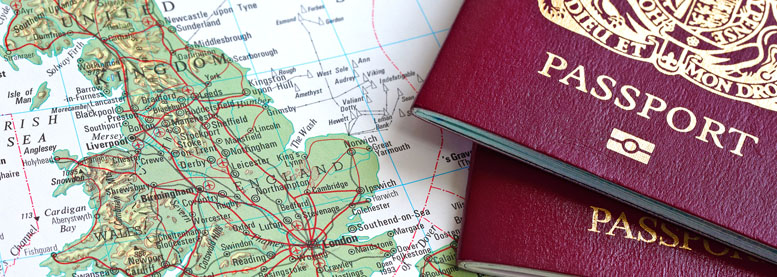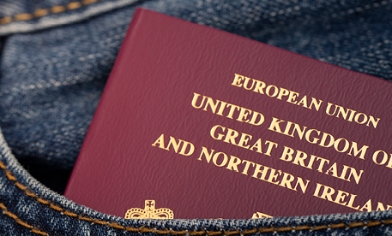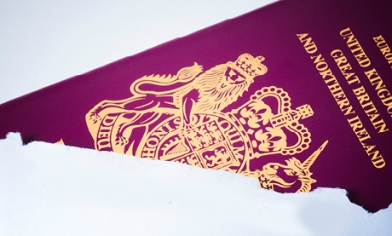What are its advantages?
The main advantages of a biometric passport are greater security and faster entry into the UK through border control. The chip and the data held on it inside the passport is much more difficult to replicate than information on a printed page, making it tough for fraudsters and criminals to use your passport or identity.
In addition, having this type of passport means you can use the ePassport gate at border control in the UK. A machine at the gate will scan your passport and match the data on it with your face using facial recognition technology, making the process quick and easy.
What if my passport isn’t biometric?
The British Government have been issuing updated biometric passports to UK nationals since 2010, so if you have applied for a new passport since then, your current passport should be biometric. However, if it’s not, your current passport will remain valid until its expiry date and you don’t need to change it. Remember that applying for a new passport can take up to four weeks, especially in the busy summer months, so make sure you give yourself plenty of time to get a new passport before you travel.
Travelling to the US
Since April 2016, Britons travelling to the US using its ESTA visa waiver scheme have been required to hold a biometric passport to gain entry into the country or face being turned away at border control. There have been many cases of Britons with holidays booked in America being unaware of the new rules and being refused boarding at a UK airport.
What to do at the ePassport gate
As long as you are over 18, a UK or EU citizen, and have the biometric symbol on the cover of your passport, you can use the ePassport gate at border control.
When you reach border control, head to the ePassport gate and wait for an available space:
- Remember to remove anything covering your face or head such as sunglasses, hats or scarves.
- Take your biometric passport out of its cover (if it has one), open your passport to the photo page, and hold it down on the reader.
- While you do this, look at the screen in front of you and want until it turns green.
- Once the reader turns green, you can walk through the gate and into the UK.




